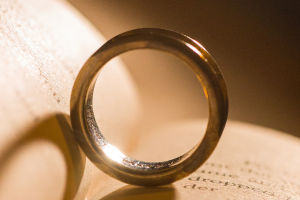We’ve all been there—standing in a convenience store or supermarket aisle, overwhelmed by rows of bottled water.
Some say “natural,” others shout “purified,” and a few even promise “alkaline balance.” But do these labels really matter? Is expensive water really better?
Let’s dive into the world of water and compare the common types to see what we’re actually drinking.
Breaking Down the Types of Drinking Water
In general, we can classify drinking water into four main categories:
- Purified Water: This is water that’s been processed through methods like reverse osmosis, distillation, or ion exchange to remove almost all impurities.
- Natural Drinking Water: This comes from clean sources like underground springs, wells, or reservoirs. It’s filtered but not artificially enhanced.
- Mineral Drinking Water: It’s usually processed tap water with added minerals like magnesium, calcium, or potassium.
- Natural Mineral Water: This is sourced deep underground, untouched by pollution, and naturally rich in minerals and trace elements.
We can see that some waters are treated more than others, and natural mineral water usually comes with stricter standards—and a higher price tag.
Is One Type of Water Healthier?
Let’s clear this up: all types of water that meet safety standards are good for hydration. While marketing might tell us otherwise, the differences in health effects are minor.
For example, some say purified water causes nutrient loss. But don’t worry—our bodies don’t lose nutrients just because we drink cleaner water. Most nutrients come from food, not what we drink.
Others believe mineral water helps meet our daily mineral needs. That’s partially true, but the amounts are tiny. Take an example: mineral water contains only about 4mg of calcium per liter. Since the daily recommendation is 800mg, we’d need to drink 200 liters (or 400 bottles!) in a day. That’s impossible—and expensive.
And what about alkaline water? The truth is, our body’s pH level is tightly controlled by our own system. Drinking alkaline water won’t magically make our blood more “balanced.” So it’s okay if we enjoy the taste, but we shouldn’t expect big health changes.
Which Water Should We Choose Then?
The short answer: whatever we like. As long as it’s clean, the brand and label don’t matter much. Whether it’s a $0.50 bottle of purified water or a $3 bottle of natural mineral water, both hydrate us the same.
It’s more about personal preference, convenience, and budget. If we enjoy the taste or feel better with one kind, go for it. But we don’t need to spend extra just for fancy marketing.
Tips for Drinking Water the Smart Way
Experts recommend adults get around 2500ml of water per day. Since we also get water from food, that means we need to drink around 1500–1700ml—about eight cups daily.
We like to buy a big 1.5L bottle in the morning and sip it throughout the day. It’s easy to manage and keeps us mindful of our hydration.
Also, timing matters! Try to drink:
- Right after waking up
- Mid-morning around 10 AM
- Between 3–4 PM in the afternoon
- Before bed
And of course, always drink more when sweating a lot or spending time outdoors.
Thanks for Exploring Water with Us, Lykkers!
At the end of the day, water is essential—but we don’t need to make it complicated. Let’s focus on staying hydrated, feeling good, and not stressing over which bottle to grab.
What kind of water do you usually drink, Lykkers? Have you ever noticed a difference between brands or types? Let’s share our hydration habits and keep each other healthy and happy!


